Nationality Danish Name Arild Rosenkrantz | Died 1964, Ronde, Denmark Education Academie Julian | |
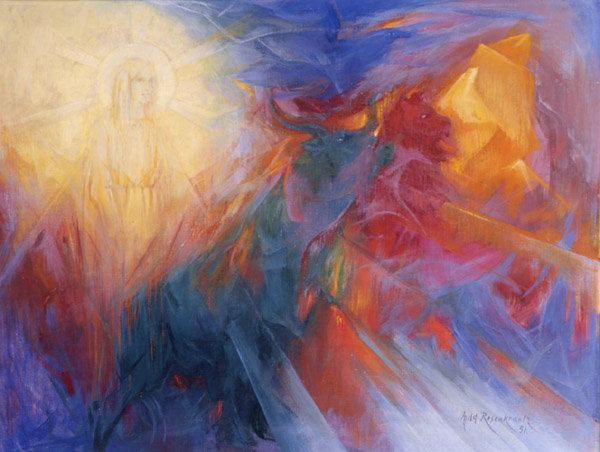 | ||
Known for Painter and stained glass artist Notable work Stained glass, paintings, illustrations and sculpture Spouse(s) Louise Augusta (Tessa) Mackenzie | ||
Arild Rosenkrantz (9 April 1870 - 28 September 1964) was a Danish nobleman painter, sculptor, stained glass artist and illustrator.
Contents

Early life
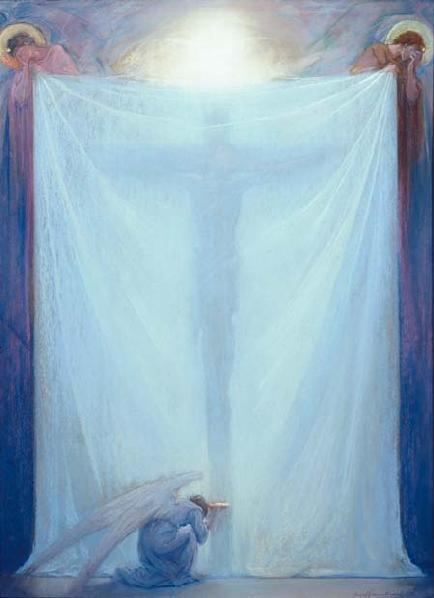
Arild Rosenkrantz was born in 1870 to Baron Iver Holger Rosenkrantz, a Danish diplomat, and Julia Louise Mackenzie, a Scottish woman, at Frederiksborg Castle. His father died when Rosenkrantz was only three years old. He accompanied his mother on her journeys to Italy, Scotland and England. She moved to Italy permanently in 1891 and was a spiritual medium.
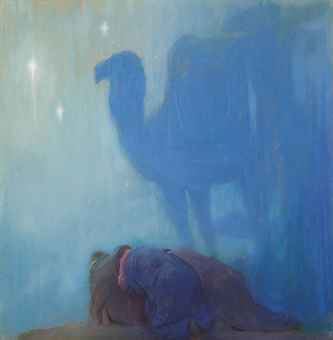
He married Louise Augusta (Tessa) Mackenzie, a Scottish cousin, in 1901.
Education and career
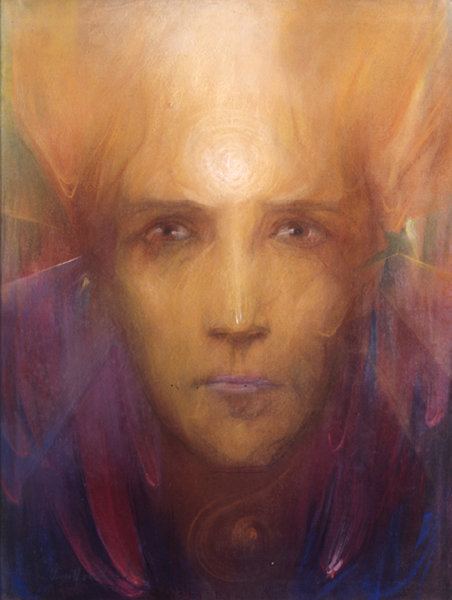
In Rome he studied art under Professor Modesto Faustini in 1887; Faustini imparted an appreciation for the Italian masters that influenced Rosenkranktz's work. There was a dreamy, emotional quality to his work throughout his artistic career as a painter and stained glass artist. Two years later he studied under Jean-Paul Laurens and Benjamin Constant at the Académie Julian in Paris. He was also influenced by the Pre-Raphaelites, painters of the French salon, Romantic artists J.M.W. Turner and William Blake and Impressionist artist Claude Monet.

He was studying in the United States in 1894 and 1895 and made glasswork for Tiffany. Later he made stained glass windows in a wide range of English churches and mansions.

From 1898 he stayed in London, where he developed his reputation as an artist. In London, Rosenkrantz joined the Anthroposophic Society. In 1912 he met Austrian philosopher Rudolf Steiner personally. Two years later he and his wife moved to Dornach, Switzerland to participate in the decoration of the anthroposophical center Goetheanum with other artists. Steiner, who taught Rosenkrantz of colors intrinsic properties, said: "Colours are the soul of nature and the entire cosmos – and we become part of that soul when we live with the colours".
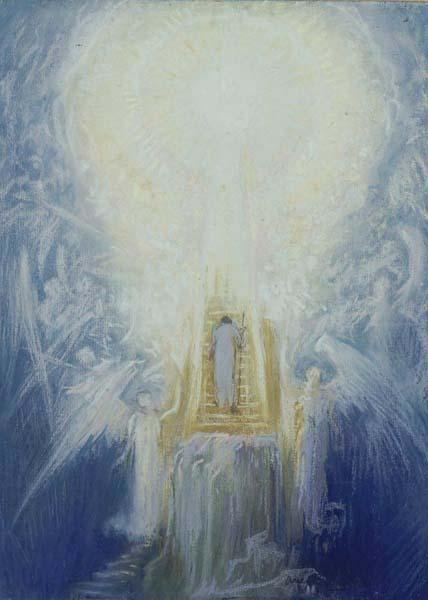
Rosenkrantz returned to London with his wife after Steiner died in 1925. He then took up several artistic pursuits for Anthorposophic theatres: he designed costumes, created stage decorations and decorated the interior of 2 theatres. He also worked as a teacher and held annual exhibitions.
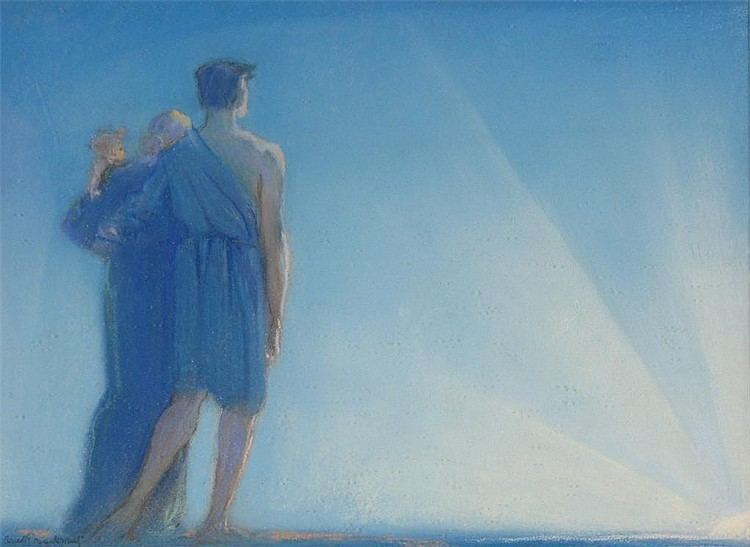
Rosenkrantz is

one of those versatile, highly-trained artistic personalities that turns readily to the plastic arts and find in almost any one of them a means for self-expression. In the case of Baron Rosenkrantz an instinctive feeling for design, a power of selection and arrangement of form that naturally ensure interesting composition, are supplemented by a gift for colour and a love of it in rich forms. This latter trait has to some extent shaped his artistic destiny and led him to the designing of stained-glass windows. In this form of art he also finds a legitimate channel for expressing the sentiment of religious tradition... He reverences the traditional sentiment of this art which has voiced Christianity; he carefully studies its methods and its crafts, but he is willing to benefit by the processes of modern glass manufacturer and that appreciation of harmonised colour which in modern years has been evolved in the art.
Later years
Rosenkrantz came to Denmark in the fall of 1939 to organize an exhibition in Copenhagen for his 70th birthday on 9 April 1940. However, German troops crossed over the Danish border and returning to London was impossible. His relatives at Rosenholm Castle in Jutland offered their home to Rosenkrantz and his wife, who then died in 1944. After that, he decided to stay in Denmark at the East Jutland castle. He worked more than 20 additional years creating works, exhibiting them, and lecturing.
Influenced by anthroposophy through Rudolf Steiner and theories by Goethe, Rosenkrantz's works reflected a bold use of color. The Rosenholm Castle holds a number of his oil paintings and pastels.
He died in September 1964.
Works
He made stained glass windows for churches, houses and castles while he lived in England.
Examples of his works include:
Publications
Exhibitions
His exhibitions included:
